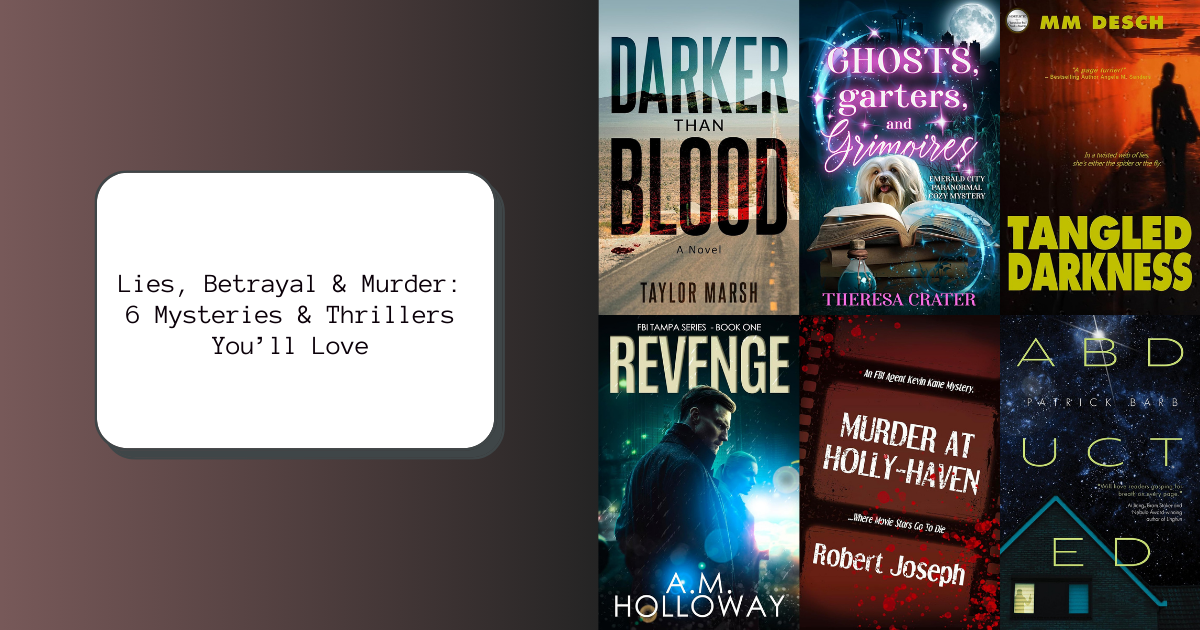In preparation for a literary event, Miriam Toews is asked to write a short piece answering the question, “Why do I write?” The answer is simple: She writes because her sister, Marjorie, always instructed her to do so—up until she took her own life by jumping in front of a train in 2010, over a decade after their father did the same.
This information won’t be a shock to fans of Toews. The beloved Canadian author of Irma Voth and Women Talking fictionalized her sister’s life and suicide in her hilarious and sad sixth novel, All My Puny Sorrows. That book pulses with delight. The sister characters’ every interaction is punctuated by intimacy, candor and inside jokes so well-wrought that the reader longs to share in their origination.
Toews’ unforgettable second memoir, A Truce That Is Not Peace, does not contain the satisfying narrative arc found in All My Puny Sorrows, and while it has its moments of humor, they are darker and more subtle. Using a loose associative structure, Toews brings to light her subconscious, showing how grief tangles itself throughout one’s mind, becoming part of its very wiring. She describes a recurring nightmare in which she is shot in the mouth at close range; lists ideas for a wind museum she would like to curate; and chronicles the exploits of a “deranged skunk” who, since being evicted from its home under the porch when Toews added a room to the house, repeatedly falls into the window well. There are bouts of rage as well as amusing anecdotes about her charming mother and precocious grandchildren. These ingredients and more bubble up one at a time, go back to simmering and later break through with new relevance. Epigraphs appear in the middle of chapters. Decades-old letters are inserted without commentary. Throughout, Toews questions the utility of writing: Are her reasons for writing as unknowable as her sister’s reason for suicide? Is she like the deranged skunk, futilely attempting to burrow her way into a home that no longer exists?
Toews can’t answer the question “Why do I write?” satisfactorily to the literary event organizer. Instead, she delivers us something far more valuable. A Truce That Is Not Peace is a guttural exhumation of grief that ultimately weighs the joys of living against its sorrows, and tries to figure out why some of us can’t endure the math. Formally inventive and exquisitely executed, Toews’ memoir shows us that bearing witness to one’s own grief—however disjointed, morbid or painful it is—can grant reprieve.


















